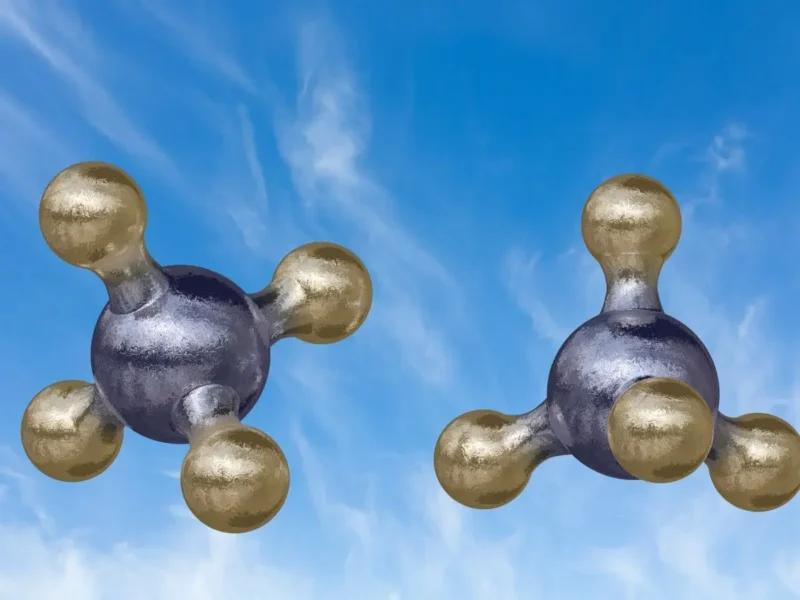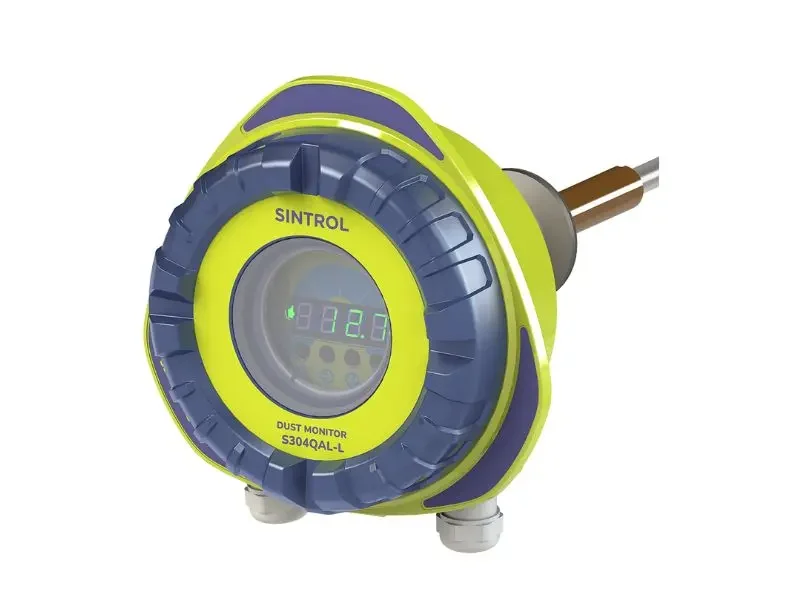Methane (CH4) is a relatively prominent component of the atmosphere, with a global average concentration of 1.8 parts-per-million, a 2.5-fold increase since pre-industrial levels.
The processes involved in the release, transportation, and removal of methane from Earth’s atmosphere are complex, and form an important part of the global carbon cycle.
Methane can be a direct hazard in situations where workers and local residents are at danger of elevated levels causing combustion, but more pressing concerns are attributed to methane’s significant contribution to global warming. As a potent greenhouse gas, methane is highly effective at trapping heat. It eventually breaks down naturally in the troposphere, yielding CO2 and water vapour, both of which also contribute to the greenhouse effect.
In addition to its climate impacts, methane also affects air quality because it is an ingredient in the formation of ground level (tropospheric) ozone, a dangerous air pollutant.
Considering all these factors, having the capability to accurately measure CH4 has never been more important.
Methane (CH4) is a colourless, flammable greenhouse
Gas produced by various natural and human made processes. Methane is produced naturally by the decomposition of organic matter, and is formed in bogs,
underground gas pockets, and in the digestive systems of animals and bacteria. Natural gas, a mixture of methane and various other Hydrocarbons is extracted from underground reservoirs to provide fuel for much of the world, and leaks from this industry are a major source of emissions.
Methane emissions from livestock and agricultural processes are also significant contributors to the global carbon budget. The current average CH4 concentration in the troposphere is approximately 2 parts-per-million. This has been steadily rising since the industrial revolution, and is projected to continue increasing due to anthropogenic emissions upsetting the balance of Earth’s “carbon cycle”.
Why measure Methane?
While methane is a natural component of Earth’s atmosphere, it is also a potent greenhouse gas. Over a 20-year period, methane has 56 times the global warming potential of CO2, though not toxic, methane is a chemically unreactive and long-lived greenhouse gas. Excessive anthropogenic methane emissions from agriculture and the fossil fuel industry therefore have a considerable impact on global warming and climate change. A complex relationship exists between Earth’s climate, the atmosphere, and the carbon locked in “sinks” such as forests and oceans.
Many aspects of the carbon cycle are poorly understood, and many key sources and sinks have yet to be studied in detail. More accurate measurements of methane emissions allow climate models to be more accurate, which in turn allows predictions and policies to be more effective.
How to measure methane?
Methane absorbs light at a characteristic wavelength in the infrared part of the spectrum. Simple absorption-based spectroscopic techniques such as Tunable Diode Laser Absorption Spectroscopy (TD-LAS) and FTIR can be used to measure methane accurately, but lack the sensitivity required to measure CH4 at parts-per-billion level precision.
To achieve the level of sensitivity required for environmental measurements and atmospheric chemistry research, a more advanced technique such as ABB-LGR’s Off-Axis ICOS is required.
The Off-Axis ICOS (Integrated Cavity Output Spectroscopy) technique uses diode lasers to measure CH4 absorption in the IR, and features a high-finesse, multi-pass optical cavity to create an effective folded path length of several kilometres. This patented cell configuration allows for extreme sensitivity and fully resolved spectra, while avoiding unnecessary design complexity, and the need to align the optics ultra-precisely. This means that LGR Off-Axis ICOS instruments are rugged, and insensitive to temperature changes, shocks, and vibration. The optics can also be easily serviced without any special tools or training.
We provide a wide variety of CH4 instrumentation to suit almost any application. Our suite of ABB-LGR Off-AXIS ICOS (Integrated Cavity Output Spectroscopy) analysers allow for extreme sensitivity whilst being rugged, and insensitive to temperature changes, shocks, and vibration. Additionally, the optics can also be easily serviced without any special tools or training.
Suited to any application, the Off-AXIS ICOS analyser range come in four configurations:
- Microportable
- Ultraportable
- Rackmount
- Enhanced performance rackmount
- Ideal for, but not limited to, field studies such as:
- Soil flux measurements
- Greenhouse gas monitoring
- Natural gas leak detection
ABB/LGR Microportable, ultraportable, rackmount and enhanced rackmount analysers are available.











